|
Welcome to Final Four weekend in New Orleans, and with it, Stillwater’s deep dive into the passion and business of college athletics. The great, the good, the bad, and indeed the ugly. Speaking of ugly, the Caesars Superdome? Really?
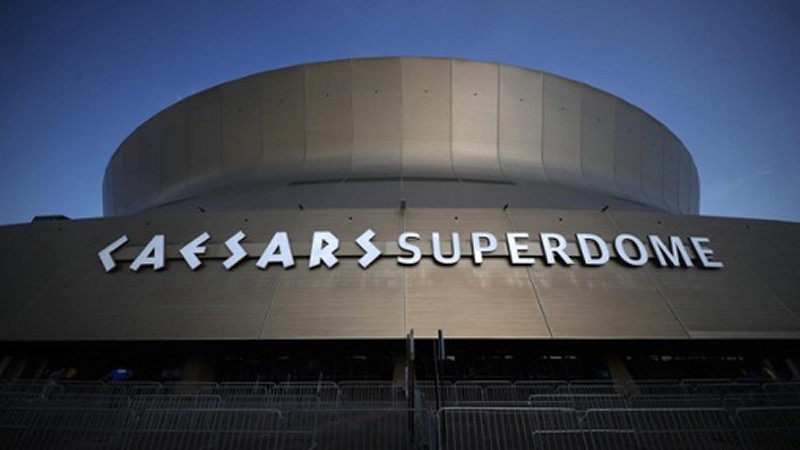
Let’s start with the great, as in college sports is the greatest of all the sports, and it’s not even up for debate. The World Series, Masters, Stanley Cup, and NBA Finals are great events, but they are events. College sports is a perpetual experience. It starts with high school kids exceeding it on the field and then jockeying for position to select the schools that have shown up to offer them a ‘free ride’. One that is of course, not free.
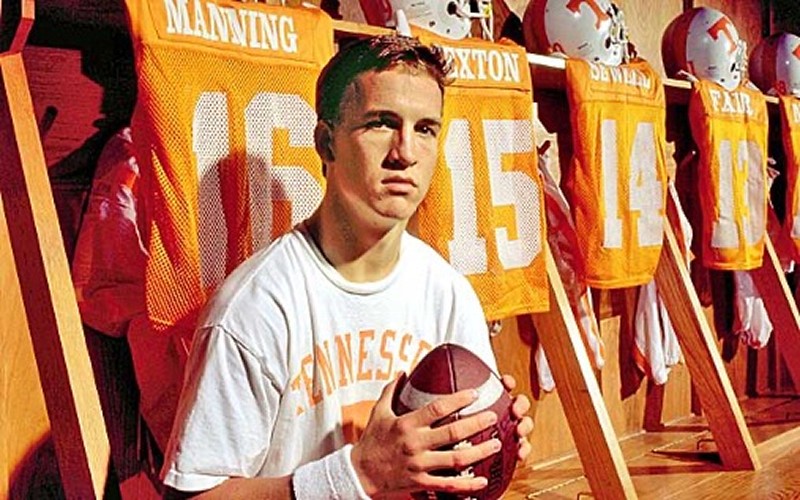
Once you land where you are going to land, from there on out, it’s an ‘always on’ experience. When you aren’t on the field playing, you are practicing. When you aren’t practicing, you are training. When you aren’t training, you are rehabbing. When you aren’t rehabbing, you are working on film. When film isn’t enough, you work with specialists. Don’t forget, you are no longer a ‘jock’ or a ‘jocket’. You are a student athlete who needs to keep grades up to qualify to play. Seems like a lot, doesn’t it? Well, it is. But for those who play the game right, it’s worth it.
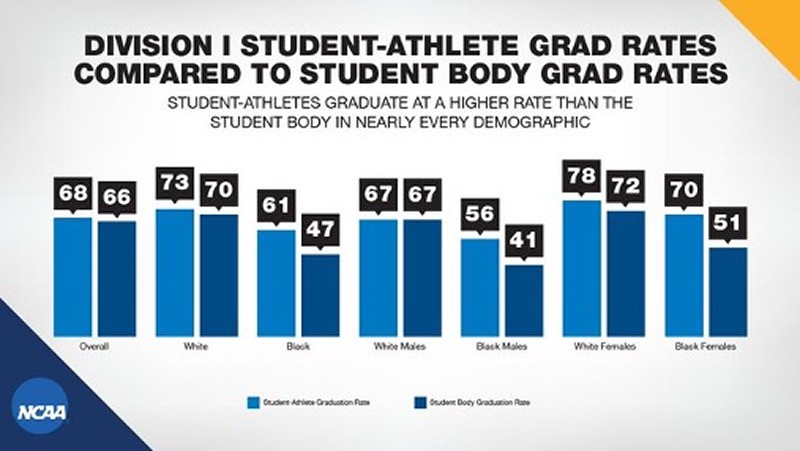
When it comes to the fans in the stands, college athletics once again reigns supreme, and here is why. Those who take down season tickets, and go to games, by and large are doing so because they went to the school on the field or court. It’s a simple bond, but one that changes everything. It means all those around you walked up the same stairs on campus, sat in the same classroom seats, both loved and hated the same professors.

And here you are, at a giant outdoor party with those same people five or six times a year. For you southerners, and you know who you are, there is a religious nature to the experience. One that is fueled by browns of many hues.
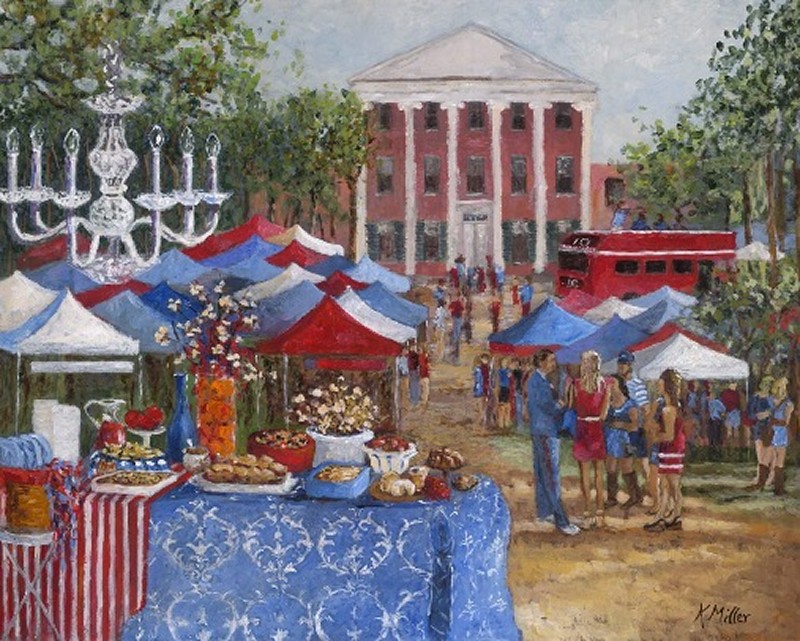
It’s all there, and it never rests. A passionate outlet from the day job or the stresses of life. When all is said and done, it’s masterfully choreographed. From scratching a check as an alum or booster. To hiring and firing coaches as an administrator. To the same coaches calling the plays when the game is on the line. To the student athlete making that one small cut that changes the history of the program. It’s all there.
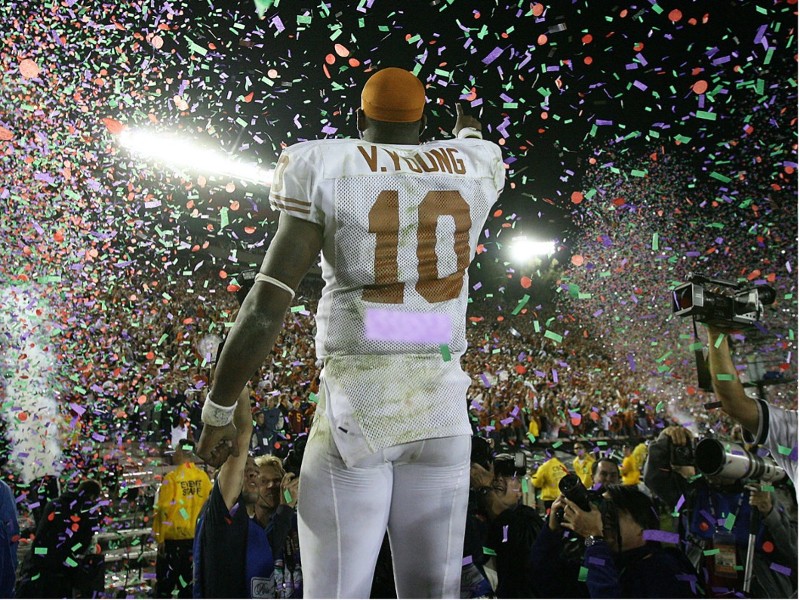
You can hate us for a lot of things, but please not for this statement. Aside from the Tobacco Road semi-final on Saturday, the final four matchup’s look about as un-rousing and predictable as one can imagine. Great teams, even with a down Carolina, but nothing to be surprised by. Duke, North Carolina, Villanova, and Kansas have amassed 17 national championships, and close to 9,000 victories between them. And once again validating that you can’t go wrong with blue and white.
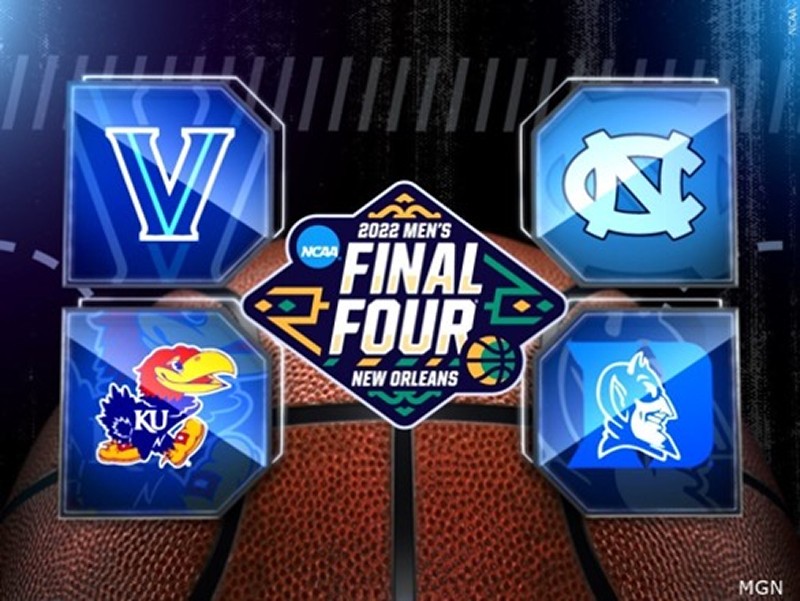
Sport’s Illustratede’s Tony Barnhardt would have us killed for the statement that this is a pedestrian lineup, as he is on record that Saturday’s national semifinal games will be part of ‘one of the single greatest days in all of Sport’. Notice he said ‘sport’ and not ‘college sport’. This man has gone ALL in with everything he has. And he isn’t alone. I spent a little time on the world wide web and it’s not hard finding over the top prose about this game is second only to the earth cooling in terms of historic importance.

While a very large, and very Eastern side of the country will be on pins and needles, out where the cattle graze it might not be that big of a deal. Think about this, until Baylor won last year, you had to go back to Arizona in 1997 for a team west of the Mississippi to have won it all. That’s nearly a quarter century drought. It’s like we don’t even play the ball the same way. Keep in mind, the NCAA has only been handing out championship hardware for 80 years. This first went to the Ducks of Oregon in an eight-team tournament in 1939. If you took the over, 79 points would have been all you needed.
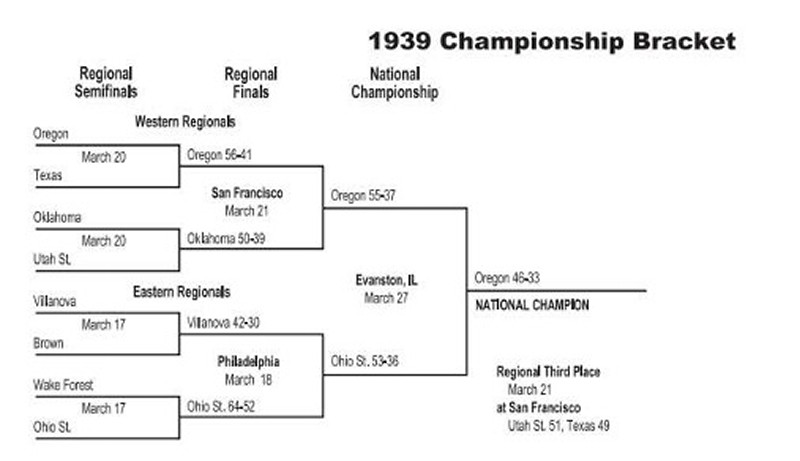
Since our promise was to focus on the hard numbers behind the bigness of college athletics, here is what the NCAA, advertisers, and CBS/Turner are in for. First up, the NCAA sells broadcast rights and licensing to the networks. In three short years, the money changing hands in this transaction will get close to the $1 billion mark. Keep in mind, this is simply broadcast rights and doesn’t include ticket sales or merchandise. Add it up, and we are well north of a billion today.
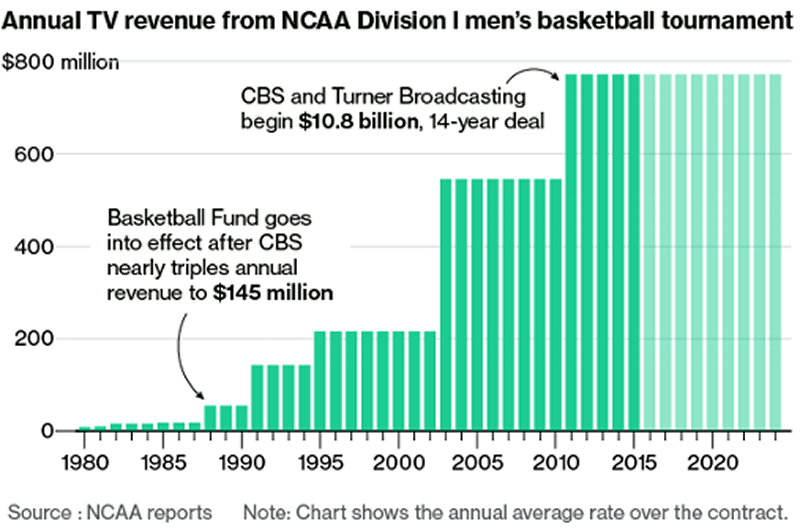
Editor’s Note: In a sign that the public cares much more about the games being played, than the economics behind them, it is nearly impossible to find a good recent chart which accurately describes the money that is changing hands today to make it all happen. The vintages I’ve found go back to 2015, and maybe 2020 if you are lucky. That said, while I can’t read a lick of this chart, I love the way it sounds when they play it. “The ball is tipped…”
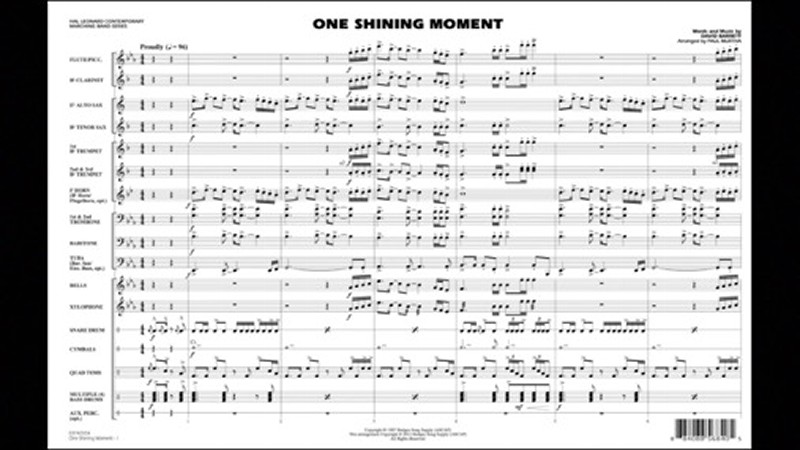
When you hear the phrase ‘the NCAA makes…’ it doesn’t accurately explain the situation, but it sounds controversial, so most people run with it. Only about 5% to 10% of all money it takes in goes to the actual organization itself for salaries and operations. The rest makes it way down to the member schools. This is from 2018 but is directionally accurate to today’s numbers. Read it and you will be in the top 1% of understanding how the real world of college athletic funding goes.
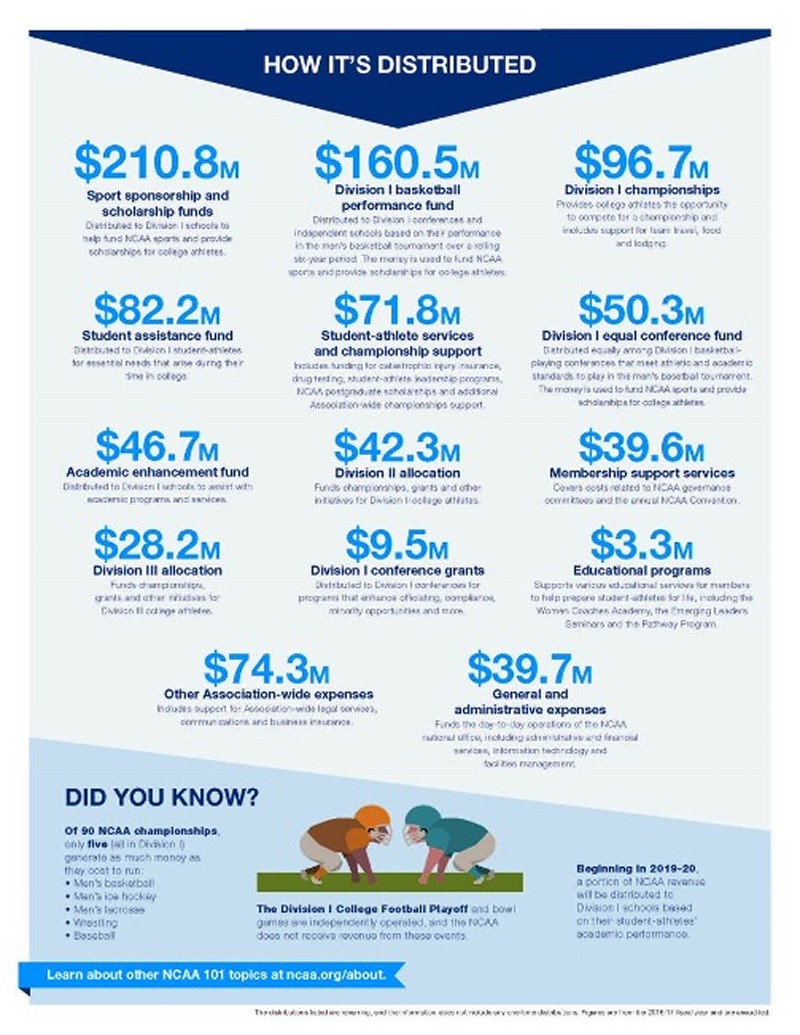
As you can see, a decent portion of the money does indeed wind-up supporting scholarships and programs for student athletes, but a lot of it winds up going to run athletic departments, pay coaches contracts, development, and hire search firms when schools are looking to juice the top line. But this is a big money business, and you would be myopic to not see that it requires big money to run it.
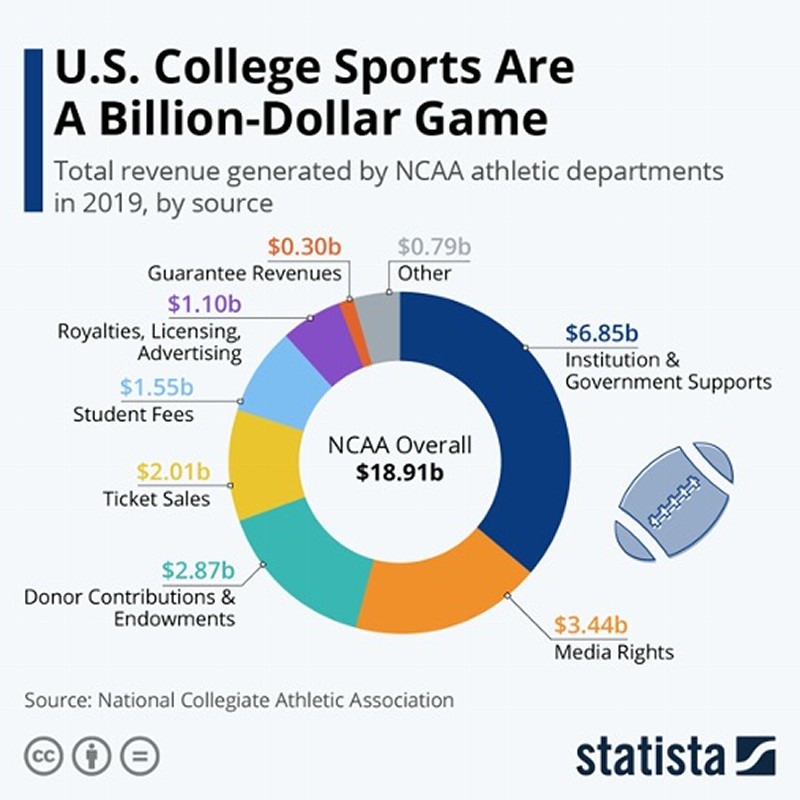
In terms of line items, look at the 2019 -2020 University of Tennessee athletic departments budget that shows how important conference money, and that from the NCAA, plays in running a high-profile program. It’s amazing to me that the Vols can still sell $30 million of football tickets given how far the program has fallen off the map. Where is Phil Fulmer when you need him.
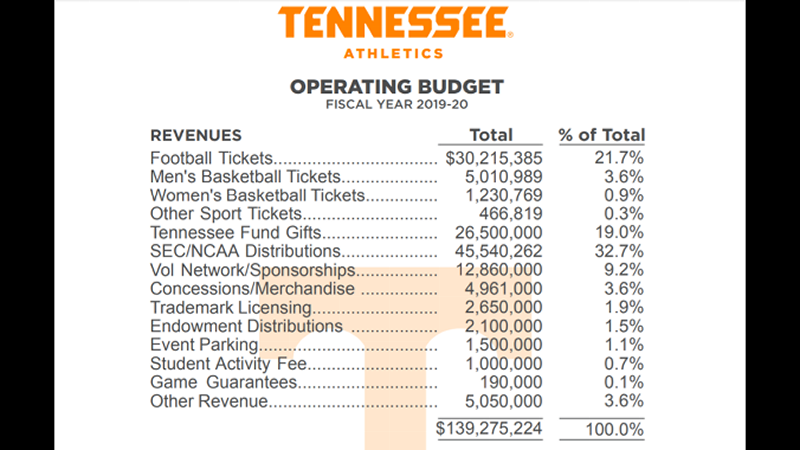
One thing to notice about Tennessee’s budget is the fact that it gets to ride the coattails of the biggest, and most financially lucrative conference in the land, the SEC. This next chart, while only speculation at this point because it requires an expansion of the college football playoff system, shows how much the conference of Alabama and Georgia can look to split, assuming a $2 billion top line run rate and an average of three teams in the pool. Keep in mind, that money gets spread around to the entire posse, not just the lead horses.
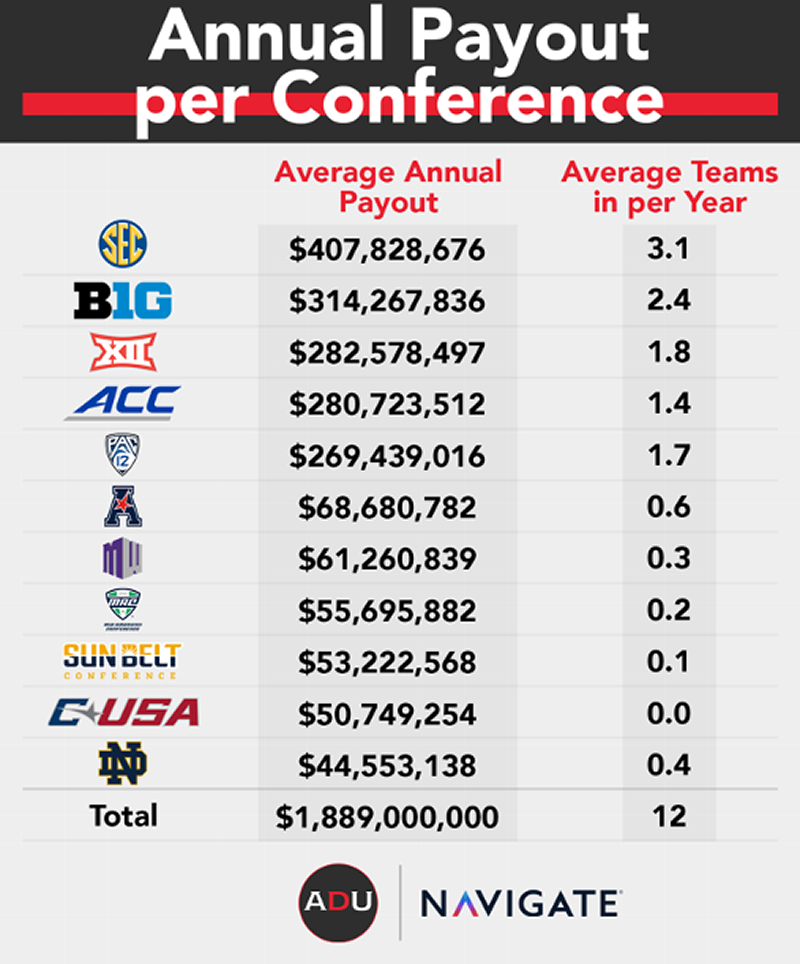
This new payout structure, and a survival of the fittest mentality, is the reason why two traditional Southwestern powerhouses, The University of Texas and Oklahoma, are bolting for the SEC. And kind of like a bad remodel, once it’s done it takes a while to unwind. Next up, the University of Hawaii and the Idaho State Vandals will be joining the Pacific Athletic Conference to create the Pac-14.
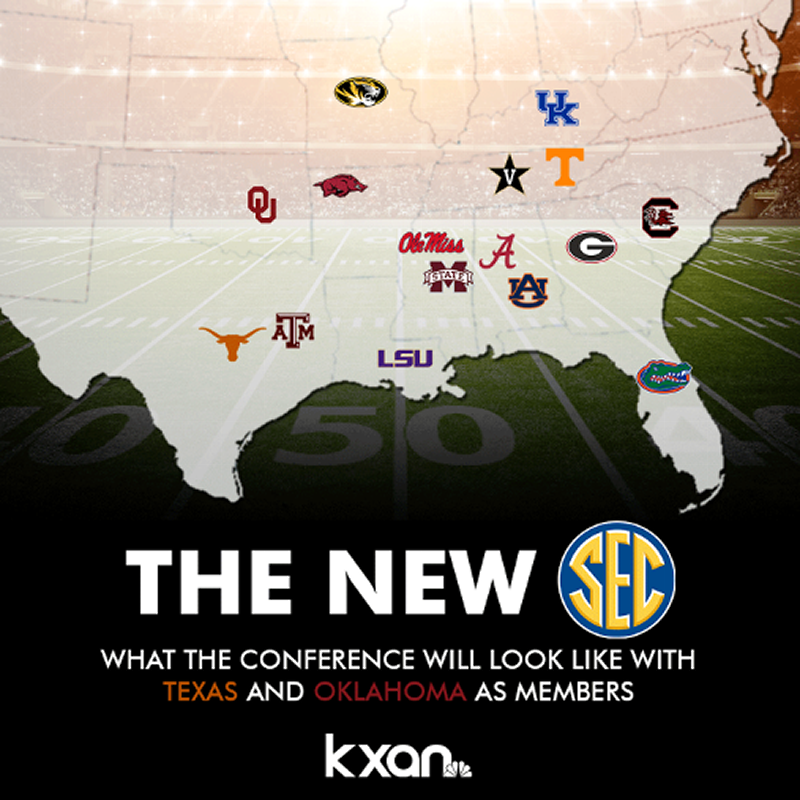
Meanwhile, back in our little fantasy ‘Conference of Champions’, the media deal setup with the Pac-12 Network more than a decade ago can’t end soon enough. Overhyped from the beginning, this has been a near disaster for schools and fans alike. The money never followed, and it’s impossible to find the programming in some markets unless you have cable. Bottom line, through all kinds of mismanagement and on the field underperformance, the promise never lived up to the hype. Schools thought they would be getting $5 million a year in revenue and wound up receiving $2 million.
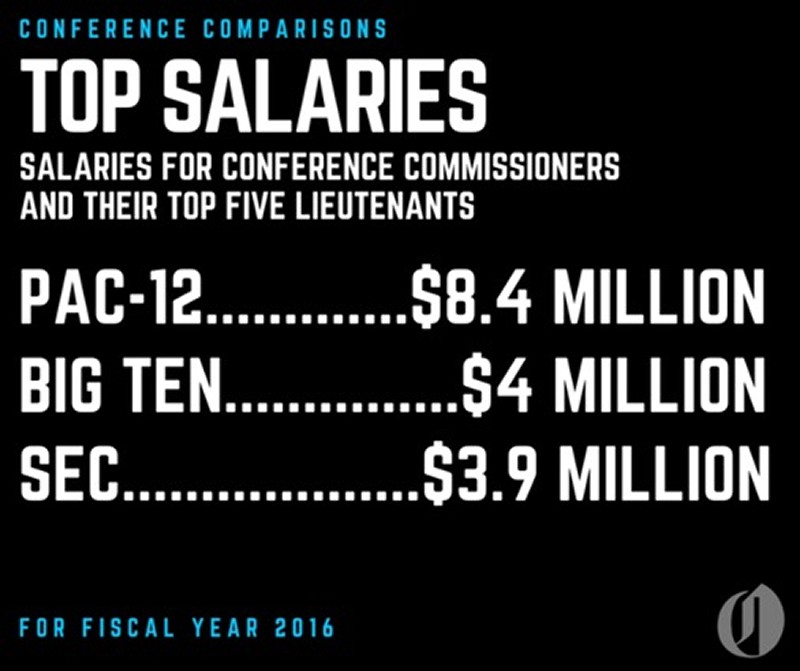
And then there is this disaster: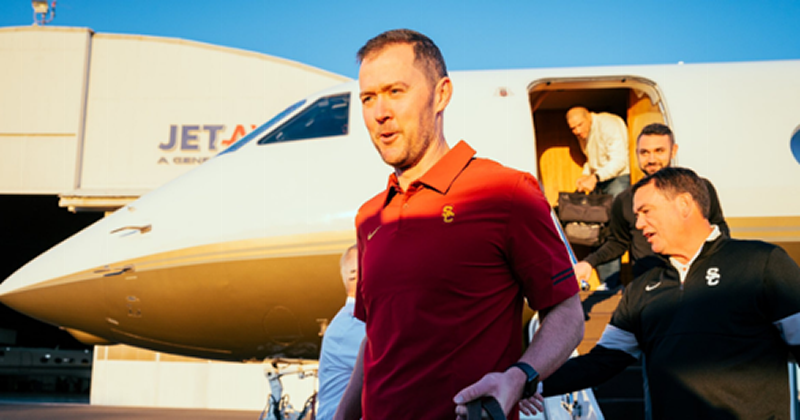 r Larry Scott. Over his twelve years in charge he took home over $45 million is salary. Over the same time frame, the schools that make up the conference took in about $20 million each for the TV deal. Nary a tear was shed when Scott was shown the door a year ago. Not even one. His leadership is a McKinsey & Co. white paper titled “How to succeed in life by constantly failing upwards.” r Larry Scott. Over his twelve years in charge he took home over $45 million is salary. Over the same time frame, the schools that make up the conference took in about $20 million each for the TV deal. Nary a tear was shed when Scott was shown the door a year ago. Not even one. His leadership is a McKinsey & Co. white paper titled “How to succeed in life by constantly failing upwards.”
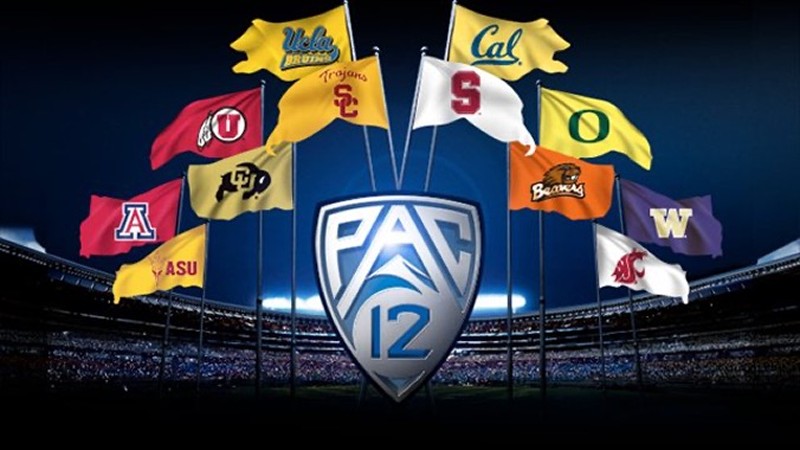
Before we move on from athletic department budgets, we would be remiss not to mention the hole our beloved Bruins from the small hamlet of Los Angeles have found themselves in. Like a $20 million hole in both 2019 and 2020, and $60 million deficit in COVID stricken 2021. That’s a total of $100 million over the course of three years. Blame can fall on a lot of feet. Chancellor Gene Block and his tight grip on the University purse strings is one. Other factors like the athletic department needing to lease Pauley from the recreation department don’t help.
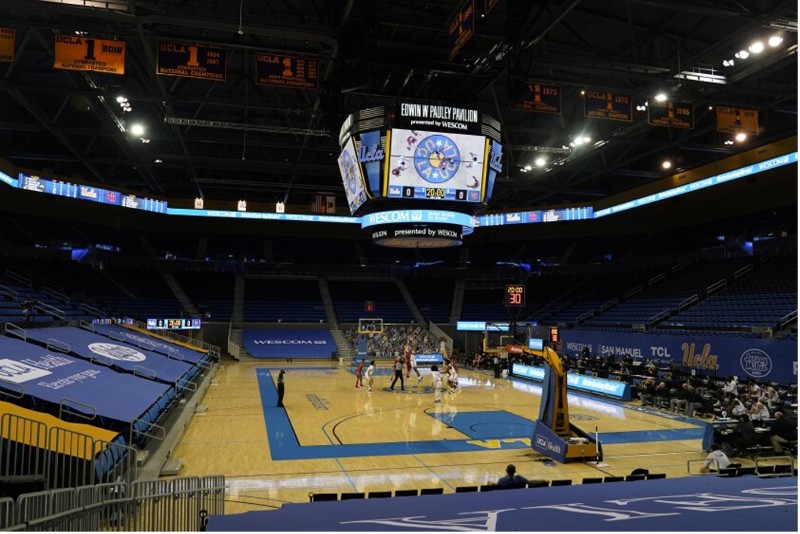
Full disclosure, I owe them a bunch of Bruin Legends bucks to keep four seats on the 50 at the Rose Bowl and the same number in Pauley Pavilion. But don’t worry Brian and Josh, this writing gig is really starting to kick in, and the check is in the mail. I promise!
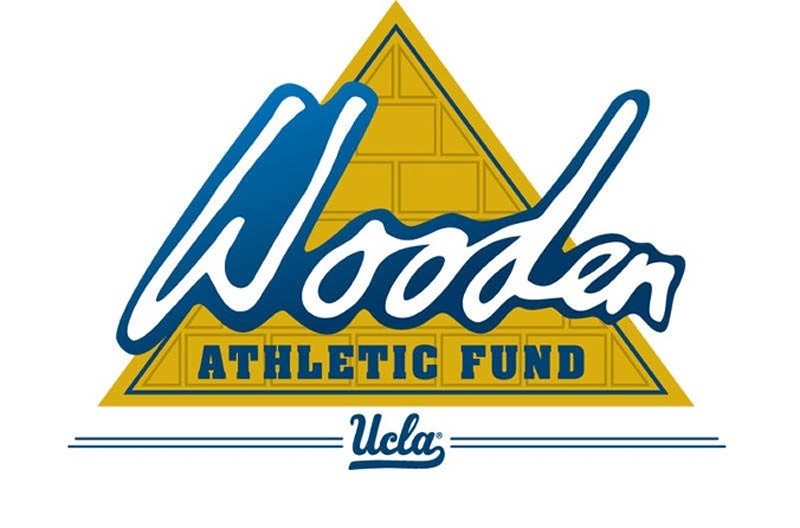
On to the subject of should student athletes get paid. With zero equivocation, the answer is yes. And it’s not lost on us that there are scholarships involved, full or partial. But given the economic benefit that comes to the university, and the uncertain nature of a future beyond the collegiate level, some form of compensation is necessary. One caveat, it must be a level playing field, driven by the conferences, with equitability for smaller programs that would otherwise loose out on star recruits.

Now, just because the NCAA and universities can’t get their stuff figured out, doesn’t mean the market can’t. And in this case, all it took was for the Supreme Court of the United States to step in and make it fair that student athletes can now receive a financial benefit by allowing their names, image, and likeness to be used to sell and promote products. While less than a year old, this decision has already changed the face of college sports. If you want to deep dive even further, read Bloomberg’s excellent feature article on the subject.
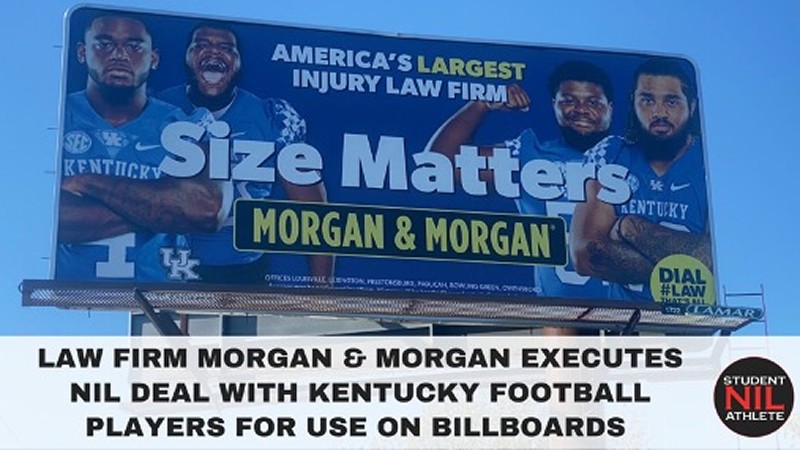
As we’ve been writing this, it’s clear. Even our attempt to ‘deep dive’ about the business of college athletics is barely getting out of the shallow end. Each one of these subjects is a ‘deep dive’ unto itself. That said, if nothing else, we’ve set the table for thought and the exploration of intellectual curiosity. Call it ‘College Sports Business 101: The Primer.’
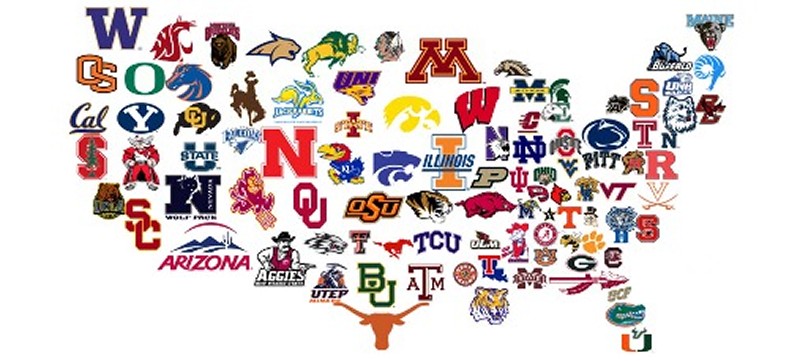
Since our commentary is primarily business and economy focused, we want to leave you with a corollary to unlock stakeholder value. As a proud Bruin, and now sometimes lecturer at USC, I get to sit in an interesting perch. Having watched my Trojan friends go fetal after a two-game losing streak in football, I’ve often thought that if SC were my business, I would spin out the athletic department from the rest of the university. Maybe make it a SPAC deal to unlock the value of the men and women of Troy on the field. Think I’m crazy? Not so fast. The Universities deal with new head coach is for $110 million over ten years, with full access to a PJ whenever he wants it.

That is clearly a thought for a different time. But at the very least, the seed has been planted. On that subject, we want to thank the bar keeps at the for the time they allowed me to use their establishments to work through some thoughts and come to conclusions about the business of college sport. We would also like to thank them for the Montana prices they apply to the adult beverages they serve, especially those that come off the top shelf. See you all later tonight, gentlemen.
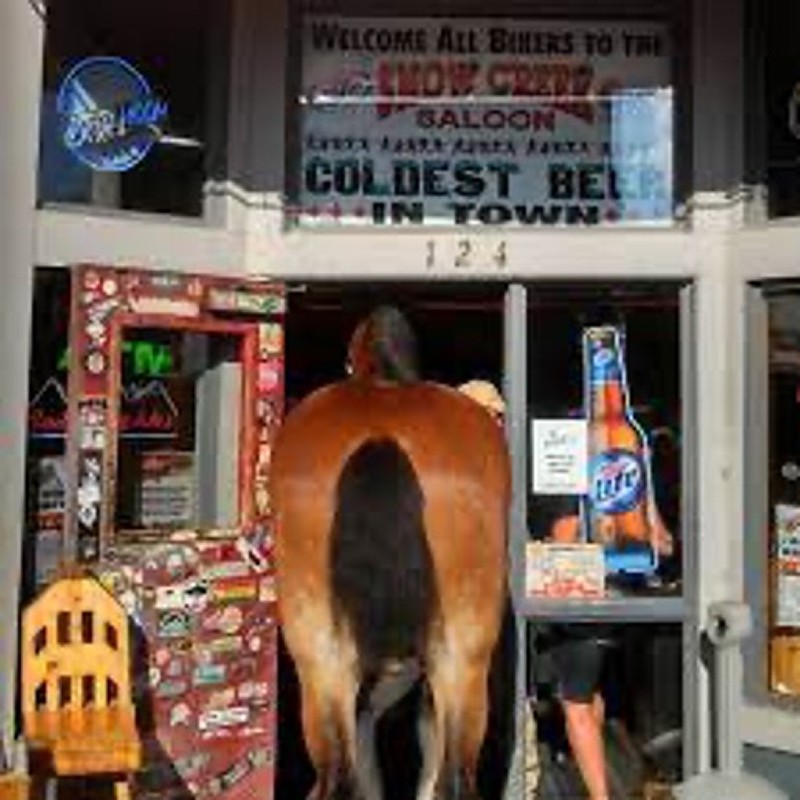
|